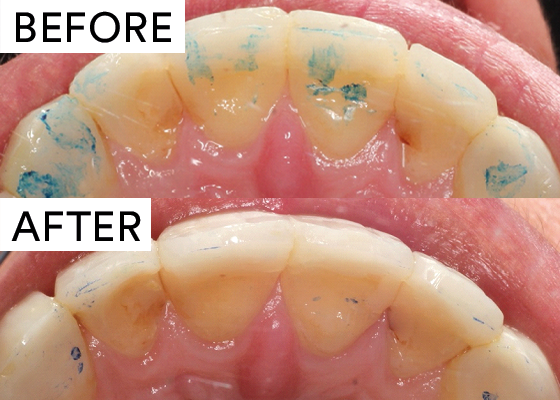Teilnahmebedingungen für das Gewinnspiel “Brain Boost Event 2025 – Gewinne 2x Teilnahmeplätze für dich und deinen Lieblingskollegen in Seefeld”
Teilnahmebedingungen:


Don’t let improper occlusion come back to bite you: this critical factor can make or break the success of your procedure. Four simple tips can help you get the right bite, consistently and efficiently.

In an ideal world, every restoration would fit perfectly and have great occlusion when it comes back from the lab. Unfortunately, this just isn’t the case. Even perfect lab restorations need to be fitted properly in the patient’s mouth and for their bite. And while it can be easy to overlook, an incorrect fit may result in wear in the wrong places. This can put excessive load on the restoration, opposing teeth and even the mandibular joint, which in turn can lead to tooth mobility, discomfort or even pain. Use these four helpful tips to achieve better occlusion and get your bite right – the first time.
Proper occlusal fit has bilateral, equal, simultaneous contact. And while there are a variety of ways to achieve the right bite, here is a simple, straightforward technique to help you get there:







While the four-step technique above is appropriate for most restorations, as with most dental procedures, there are special considerations:
Keep in mind that when it comes to occlusion, there is no one-size-fits-all rule. Sometimes it’s not possible to get bilateral equal simultaneous contact because of a different bite or other oral problems, and you should be prepared to change your approach.
Even small changes in your protocol can result in growing pains or even pushback. But regardless of the technique you choose, standardization will only benefit your practice and your team: when everyone uses the same papers and makes the same checks every time, together you can help ensure consistent success.
Since changing to this four-step protocol, I’ve had very few patients come back because their bite feels wrong. When you see that every patient leaves happy, it’s easy to get buy-in from the team. It also helps build confidence in your practice, your team, and in your ability to ensure a great-fitting restoration that your patient will love at first bite.

How do you motivate your patients? Discover how caries risk assessments and motivational interviewing tactics can help you connect with…

Caries is a complicated multifactorial disease. In this two-part series, explore how caries risk assessments can help improve evaluation and…